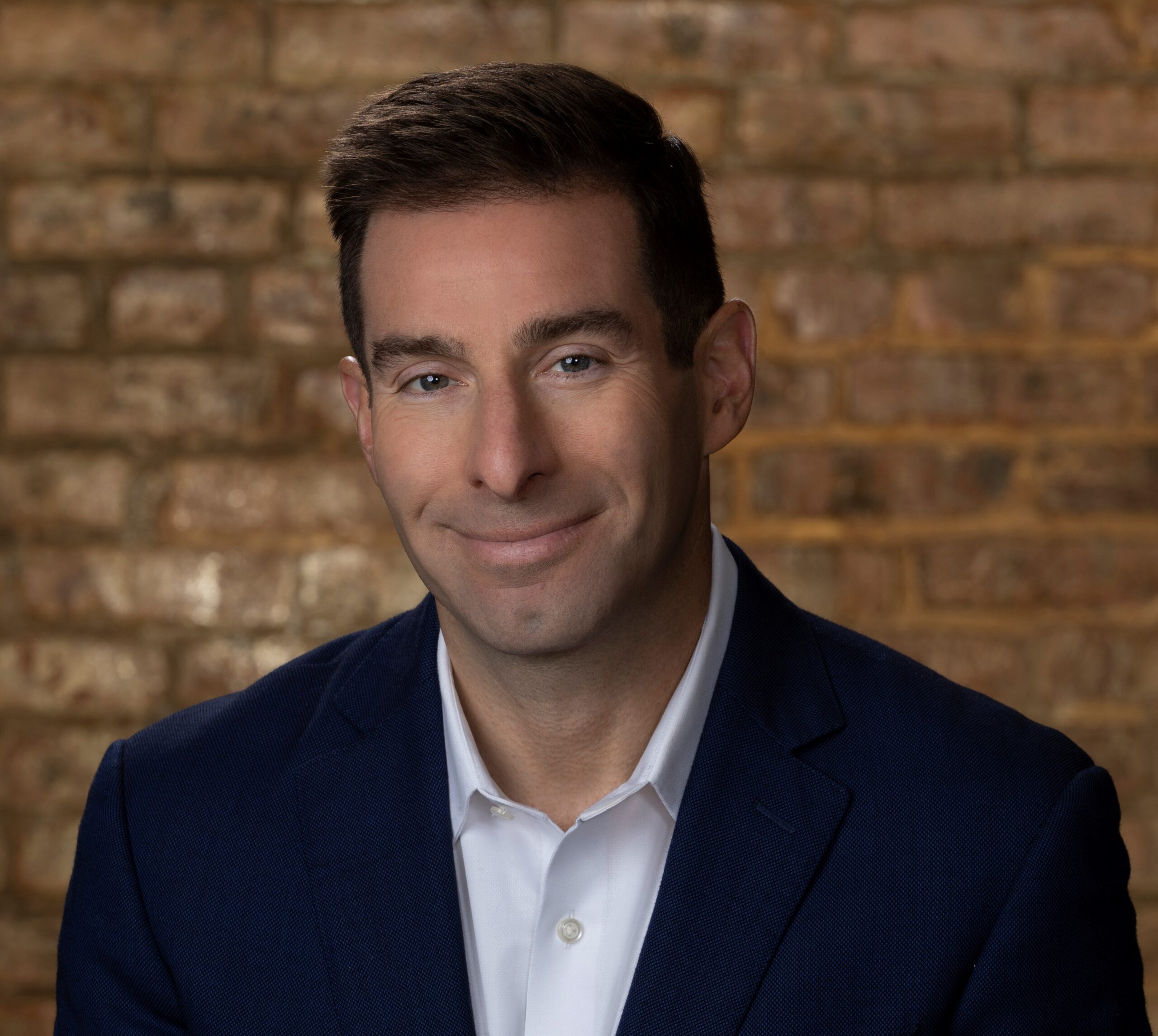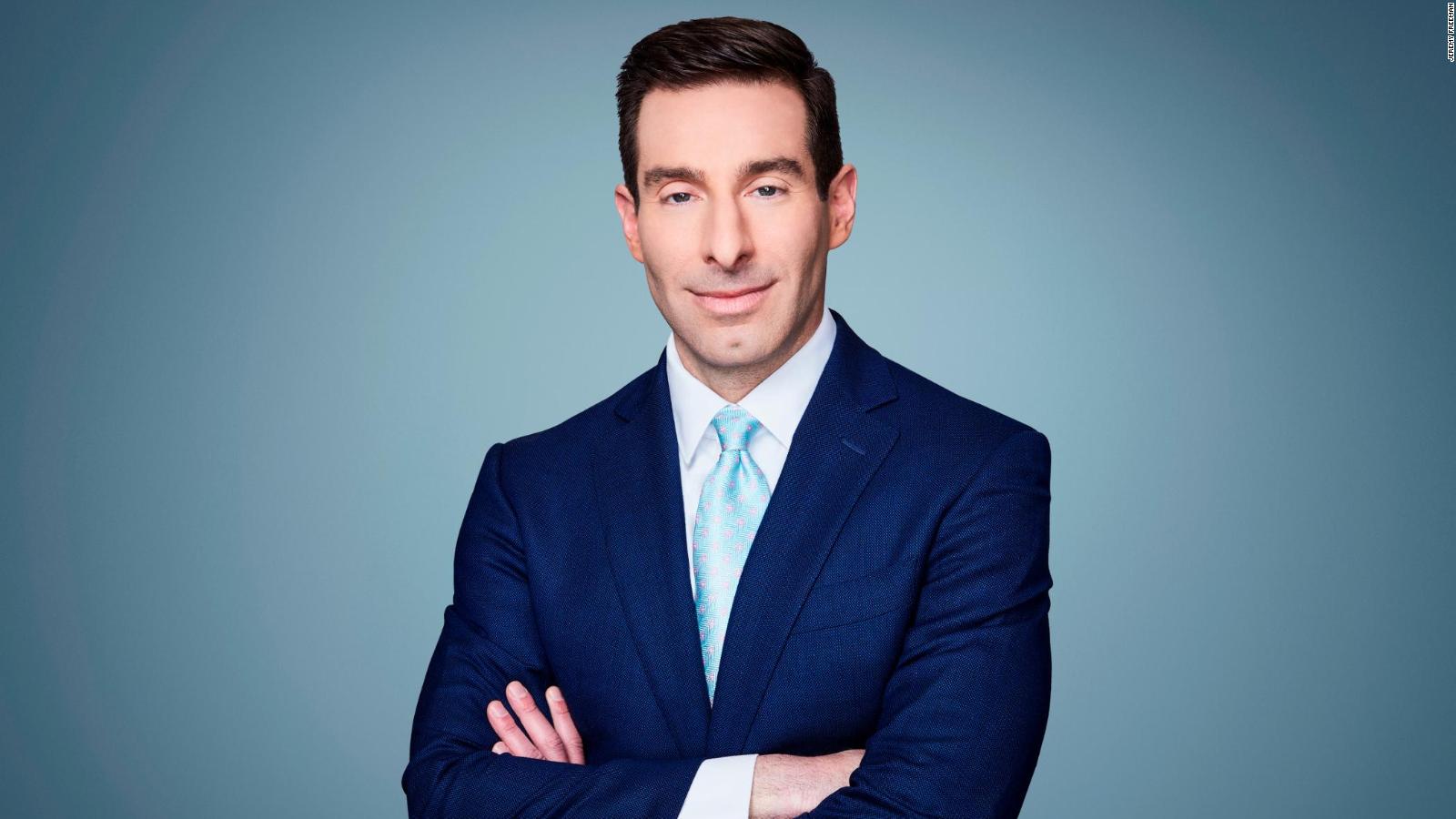Are the whispers and speculations surrounding Elie Honig's eye injury true? The truth, shrouded in rumor and uncertainty, has captivated the public, prompting a deep dive into the life and career of the esteemed legal analyst and the circumstances surrounding his alleged injury.
Elie Honig, a name synonymous with legal analysis and commentary, recently found himself the subject of widespread public and media attention, not for his insightful legal expertise, but due to an unforeseen incident. The whispers started subtly, fueled by observation and speculation. Questions arose regarding his well-being, specifically concerning an alleged eye injury. This turn of events has ignited a fervent interest, prompting inquiries into the nature of the injury, its potential causes, and its subsequent implications on his professional and personal life. The public, captivated by the unforeseen developments, seeks to understand the intricacies of eye injuries, the avenues available for treatment, and the intricate path of recovery. Honig's situation has transcended the boundaries of personal concern, evolving into a discourse on eye health, safety protocols, and the unpredictable aspects of human health.
Before exploring the specifics of the situation, it's imperative to provide a comprehensive overview of Elie Honig's professional background. Born on April 3, 1975, Honig is an American attorney and legal commentator of considerable standing. His journey through the legal system began with a foundation of rigorous training, paving the way for his current role as a prominent figure in the legal sphere. His career trajectory has been one of continuous development, culminating in his current prominent role in legal analysis. The public, curious and intrigued, seeks a deeper understanding of the man behind the commentary, hoping to separate the individual from the controversies. The details of Honig's career illuminate the depth of his legal knowledge and the perspective he brings to critical national issues.
| Category | Details |
|---|---|
| Full Name | Elie Honig |
| Date of Birth | April 3, 1975 |
| Nationality | American |
| Profession | Attorney, Legal Commentator |
| Current Role | Senior Legal Analyst, CNN |
| Previous Role | Assistant United States Attorney |
| Known For | Legal Analysis, Commentary on legal and political matters |
| Education | (Information not available in provided context - would typically include details of Law School attended) |
| Source | CNN Profile of Elie Honig |
The central question remains: what exactly transpired, and what impact has this incident had on Honig's life and career? Despite the prevalent rumors and speculations, official records regarding an eye injury are currently unavailable. The lack of confirmed information has only intensified the speculation, leaving the public hungry for clarity. This ambiguity has been a challenge for both Honig and those seeking to report accurate information. The absence of definitive statements has allowed speculation to flourish, shaping public perception and fueling the curiosity surrounding the legal commentator. The public relies on the legal commentator for informed insights. The current situation underscores the need for precise and fact-based reporting, particularly during times of personal difficulty. The medias role is to provide information while respecting individual privacy, a balance that becomes especially critical when dealing with sensitive personal matters.
The exploration of Honig's eye injury encompasses more than a singular incident. It serves as an opportune moment to dissect the complexities of eye health. Eye injuries, while diverse in origin, have the capacity to significantly impact an individual's quality of life. They range from minor irritations to serious conditions with long-term consequences. The range of possible injuries necessitates a comprehensive approach to understanding their effects, recovery pathways, and preventative measures. From a medical perspective, the importance of early diagnosis and immediate treatment is paramount. Furthermore, the availability of comprehensive and affordable healthcare is essential for providing individuals access to necessary medical care. As medical science advances, so too does the potential for effective treatments. This exploration offers a glimpse into the ever-evolving realm of ophthalmology and the hope that new technologies can help those impacted by eye injuries.
The potential causes of such injuries are varied. They can range from accidental impacts to underlying medical conditions. Workplace environments, sporting activities, and everyday accidents pose risks to eye health. Eye injuries are also sometimes a consequence of underlying health conditions that go unnoticed until they affect vision. Identifying and mitigating these risks is critical for promoting eye safety. Educating the public on preventative strategies is a vital element in reducing the incidence of injuries and safeguarding vision. Proper protective eyewear, regular eye examinations, and adhering to safety protocols in hazardous environments are paramount. The long-term impact of an eye injury can stretch into all areas of life. The severity of any injury dictates the specific impact on a person's life, affecting daily activities, occupational pursuits, and overall well-being. For individuals with severe injuries, the path to recovery can be a long and challenging journey, requiring specialized care, rehabilitation, and, sometimes, significant lifestyle adaptations.
The incident also underscores the value of eye health and safety. Beyond the immediate aftermath of an injury, long-term vision care demands a commitment to regular eye examinations and prompt attention to any visual changes. Understanding the significance of preventative care, including the use of protective eyewear during work or sports, is critical for safeguarding eye health. The incident involving Honig can be used as a learning opportunity, emphasizing the significance of safety measures and highlighting the advancements in treatment and care for these types of injuries. As a public figure, Honig's situation, if confirmed, could become a catalyst for broader awareness of eye health. This situation provides an opportunity for public health campaigns, educating the public about preventative measures and the importance of regular eye check-ups. The aim should be to empower people to make informed decisions about their eye care. The incident, regardless of the details, serves as a reminder of the fragility of eyesight and the importance of vigilance in protecting it.
Looking forward, the primary goal is to clarify the facts. While the current absence of official records creates uncertainty, the pursuit of accuracy is crucial. The situation will need to evolve as more information becomes available. The legal community, the media, and the general public will all benefit from a comprehensive understanding of the situation. Its essential to emphasize responsible reporting, especially when dealing with a public figure's health. As medical knowledge progresses, advancements in treatment are continually emerging. The evolution in the field of ophthalmology offers hope for those who have suffered eye injuries. New research can lead to effective treatment options. The ongoing investigation into Elie Honig's eye health is a case study in the complex intersection of personal privacy, public interest, and the importance of accurate reporting. The situation underscores the necessity of responsible media coverage and the significance of verifiable information, and reinforces the necessity of patience while facts are being established.


